David Stairs
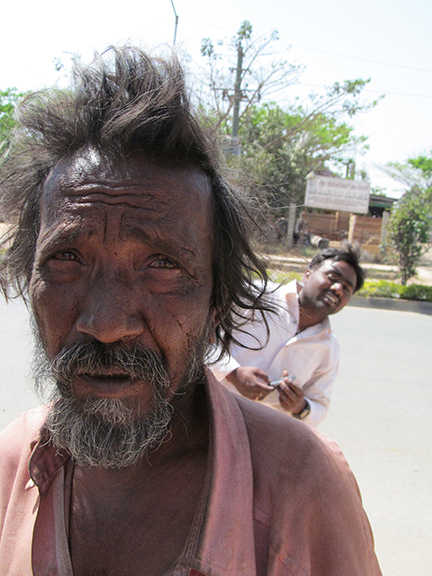
As I come to the end of ten months of articles about India, I am a little sad. It has taken an effort, at times, to stick to my original purpose, to observe everyday design in action on the subcontinent. There have been both discoveries and disappointments, but that seems normal— much like life, in fact.
I went to India in pursuit of a young man’s dream. Many people travel in their 20’s. Some of my acquaintances got to exotic places when they were young: Thailand, Sri Lanka, Indonesia. Steve Jobs famously visited India in the 1970s in pursuit of his guru. I understand the attraction. India is at one and the same time the most sacred and the most profane of societies. The country’s handicrafts are unsurpassed, as are its pollution and population problems.
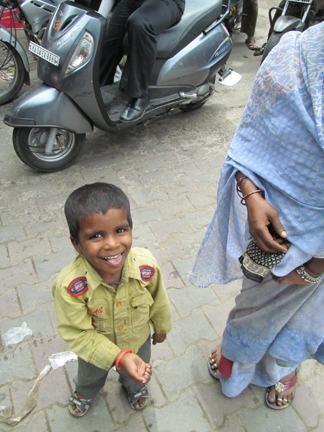
I’ve reversed the youthful trend in my life. I did not make it past Europe in my twenties, and have nothing but admiration for those who did. But in my later life I have been fearless about travel. I turned 50 in Africa having discovered my life’s goal. And here I was again, this time at 60, traversing India wondering whether I had a death wish. You see, travel does not get easier as one ages, but, though responsibility normally discourages adventure, in my case wanderlust only deepens with age.
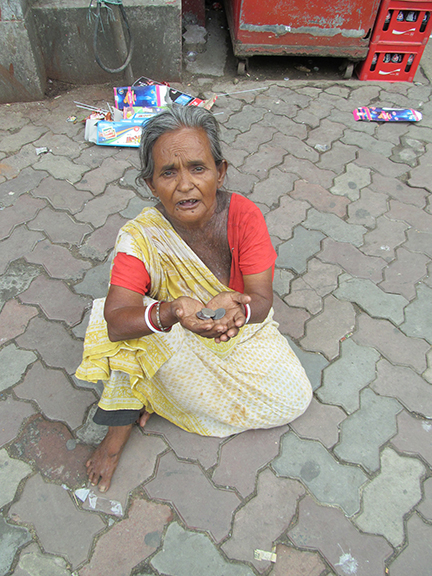
I had preconceived notions about India before I went. Even though I’ve read about India’s megacities, I somehow imagined Indians living a village life like the one depicted in Satyajit Ray’s Pather Panchali. Many Indians do still live rurally and many, far too many, 600,000,000 qualify as impoverished. I also thought it would be easy to get around, assuming most everyone would speak English. While English is the language of government and education in India, many Indians don’t make it past a grammar school level, not to mention the over forty indigenous languages spoken in the country. I was told upon arrival that students at my sponsor school would not be good research assistants on the street because most of them came from the north, and did not speak Kanada, the language of the former Mysore sultanate. I eventually found my way, through many fits and starts, and with the help of an Eicher street guide to Bangalore, gifted by a kind friend. But it can be infinitely more difficult to get around when one depends upon rickshawmen who don’t speak one’s language.
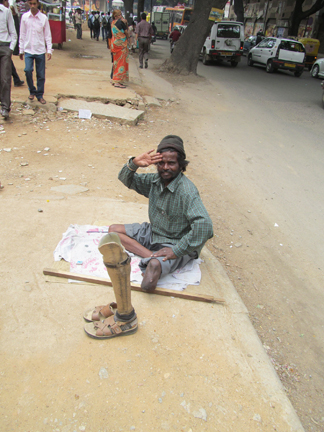
I learned to be humble in India. Indians, themselves suffering from what Paul Hawken in Natural Capitalism called “abundant people but scarce nature,” are not really very concerned about the existence of one more white man in their midst. While I generally found people in public to be polite, unlike Africa, most were also indifferent about me. In India, it seems, pride and humility go hand in hand. This is understandable. India’s history is deep and rich and unparalleled in complexity. Indians have much to be proud about, and the last fifty years have been only a prelude to India’s return to greatness on the world stage.
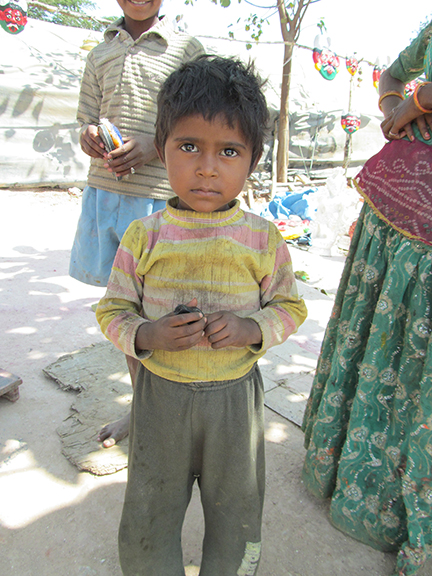
I learned that, although there are a lot of needy people in India, India does not need my help. While the country has many problems typical of former colonies, and many problems unique to itself, Indians are not only competent, but original in their ability to invent solutions. Historically this has been the case. If you are at the crossroads of constant invasions, create the world’s most peace-loving religion. Three of Buddhism’s most sacred sites are located in India (the woman pictured below is at one of them: Sarnath). Having trouble keeping track of commerce? Invent a new counting system with a place-holder. Indians are credited with an early variation of the zero. Bored? Both chess and playing cards originated in India. The list goes on and on. Contemporary Indian difficulties, though seemingly intractable at times, will give way to Indian ingeniousness. They always have.
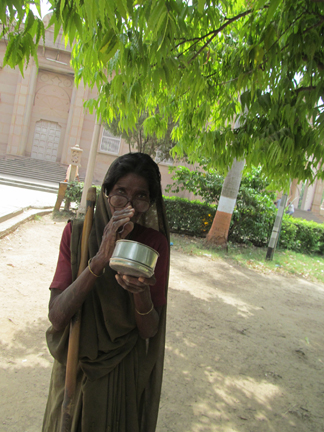
Lastly, I learned that Indian design is a fine thing. It is not an invention of Charles and Ray Eames and the report they wrote for Jawaharlal Nehru in 1958, nor of the design institute that was founded in its wake, but is a result of Indian resourcefulness, which has been developing for several millenniums, and has been up to dealing with some of the world’s thorniest problems. Even under colonialism, the Tata family started the Indian steel industry, then convinced the British of its continued importance during World War One.
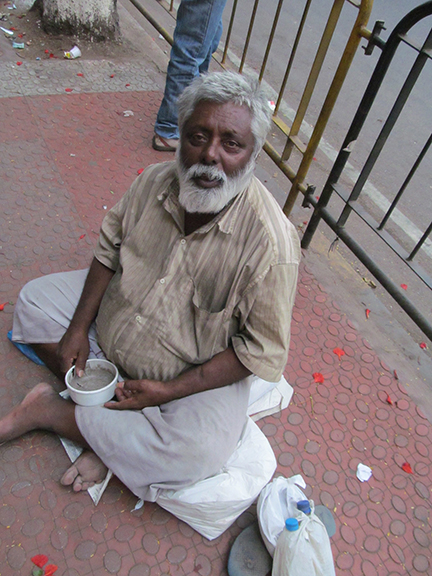
These days, both ngo’s and for-profits are partnering with Indians to work on pesky things like water shortages, deforestation, irrigation and conservation, land use, and the social disadvantages of the lower classes. But even these seemingly altruistic efforts benefit the outsiders more than Indians. Although India suffered some of the world’s worst famines during the last century, famine is a thing of the past in the world’s largest democracy. Food stability is only one of the miracles of modern India. Economic development at a 6%+ pace and an exploding middle class are others. Water management and population growth are issues most Indians are not only aware of, but highly sensitive to. And those who go to India to help open its markets to the world do not have much to teach this most commercial of nations.

If you go to India, and I hope you will, go there and stay for awhile. Steer away from the places tourists favor, find a quiet corner to reach out from, and take a good look around. There’s plenty of industry and high tech in today’s India; it can’t possibly escape you. But keep an eye peeled for India’s indigenous wonders, like its lotas and leaf plates, weavings and pots, and its pre-colonial organic city layouts, clinging closely to the topography of the land and the geography of human needs. And when you return home, if you still think India needs our help I’ll be surprised. It’s hard to imagine a way to justify the hubris it would take to offer a hand-up to such a resourceful, enterprising, and talented people.
David Stairs is the founding editor of Design-Altruism-Project











Leave a Reply
You must be logged in to post a comment.